Human Papillomavirus: Understanding the Basic Facts
Written by Katheeja Imani
Medically reviewed and edited by Dr Said Qabbaah, MBBS, MBA
Scientifically reviewed by Dr Angela Pine, BSc, MSc, PhD1
What is HPV and how is it spread?
Human papillomavirus (HPV) is a virus belonging to a group of over 200 different subtypes of viruses that mainly affect the skin and the moist lining inside parts of the body (mucous membranes). It is a sexually transmitted infection (STI), spreading mainly via close skin-to-skin contact of the genital area, as well as during vaginal, anal, or oral sex.1
HPV can also be transmitted via non-sexual routes, but this is much less common.2 Infection with HPV is very common affecting an average of 8 out of 10 people at any point in their lifetime.
What are the consequences of an HPV infection?
In most cases, the body’s immune system controls the infection, often without the individual being aware.3 However, in some instances, the immune system fails to adequately control the HPV infection for various reasons, resulting in different health consequences depending on the virus type.
HPV is classified mainly into two groups, those that are high risk and others that are low risk, based on their potential to cause the development of certain types of cancer. Low-risk HPV usually results in the formation of various types of warts on the skin affecting the genital area, hands, and feet. HPV types 6 and 11 are the low-risk HPV types associated with genital wart formation.4
Whereas, infection with high-risk HPV types are associated with an increased risk of developing various types of cancer, including cancer of the cervix, anus, vagina, vulva, penis, as well as certain types of head and neck cancer. HPV types 16 and 18 are most commonly associated with the development of cancers.5
HPV prevalence differs among various HPV-related cancers, with rates as follows: Cervical Cancer (99.8%), anal cancer (91%), vaginal cancer (75%), oropharyngeal cancer (70%), vulval cancer (69%), and penile cancer (63%).6
How to best protect against HPV-related health issues?
HPV vaccination
Getting vaccinated against HPV is a crucial protective measure against the potential negative health effects of an infection. While HPV vaccines are ineffective if you have already contracted the virus, they offer good protection agtainst future infections with other HPV types.
Therefore, the HPV vaccine plays a central role in the prevention of HPV-related cancers; this is especially the case with cervical cancer, where recent studies have shown a reduction of almost 90% of cervical cancer cases among women in their 20s in England who were administered the vaccine at the age of 12-13.7
Additionally, the HPV vaccine offers protection against other HPV-related cancers such as vulval, vaginal, penile, anal, and certain types of mouth and throat cancer. It also helps protect against the development of genital warts as a result of infection with certain low-risk HPV types.
Currently, Gardasil 9 is used in the NHS vaccination programme, which protects against nine types of HPV, and is provided to all children aged 12-13 in the UK. Moreover, it is accessible to individuals up to the age of 25 who missed the opportunity for vaccination, as well as men who have sex with men under the age of 45, and other high-risk groups.8
However, since the HPV vaccine does not offer protection against all high-risk types linked to cancer, it is crucial to implement additional measures for a more comprehensive and effective preventative approach against cancer. This is certainly the case with cervical cancer.
Cervical screening
Routine cervical screening is a crucial component of cervical cancer prevention, estimated to save 4,500 lives annually in England alone.9 It is currently available to all women and individuals assigned female at birth (AFAB) aged 25 to 64 every 3 to 5 years, depending on the age, HPV status, and location within the UK.10
Due to the significant role of HPV in cervical cancer development, cervical screening now primarily focuses on detecting high-risk HPV through a test called ‘HPV primary screening’. This diagnostic method offers greater accuracy in identifying individuals at higher risk of cervical cancer.
10zyme: Advancing women’s health
We’re developing a groundbreaking self-test with instant results to detect the main cause of cervical cancer: high-risk HPV. Detecting infections early prevents cancer ever developing.
By enabling self-testing, we aim to empower women, overcome stigma and anxiety, and help eliminate a disease killing hundreds of thousands a year globally. See our Education Section to find out more.
Please follow and support us on social media: LinkedIn, Instagram, and TikTok.
References:
-
- National Health Service (NHS). (2022). Human Papillomavirus (NHS). [Online]. Available at: https://www.nhs.uk/conditions/human-papilloma-virus-hpv/ (Accessed 15/04/2024)
- Petca, A., Borislavschi, A., Zvanca, M.E., Petca, R.C., Sandru, F. and Dumitrascu, M.C. (2020). Non-sexual HPV transmission and role of vaccination for a better future (Review). Experimental and Therapeutic Medicine, 20(6):186. doi:10.3892/etm.2020.9316
- Macmillan Cancer Support. (2021). Human papilloma virus (HPV). [Online]. Available at: https://www.macmillan.org.uk/cancer-information-and-support/worried-about-cancer/causes-and-risk-factors/hpv (Accessed 16/02/2024)
- Al Aboud, A.M. and Nigam, P.K. (2023). Wart. StatPearls Publishing. [Online]. Available at: http://www.ncbi.nlm.nih.gov/books/NBK431047/ (Accessed 16/02/2024)
- Choi, S., Ismail, A., Pappas-Gogos, G. and Boussios, S. (2023). HPV and Cervical Cancer: A Review of Epidemiology and Screening Uptake in the UK. Pathogens, 12(2):298. doi:10.3390/pathogens12020298
- Cancer Research UK (CRUK). (2015). Statistics by cancer type. [Online]. Available at: https://www.cancerresearchuk.org/health-professional/cancer-statistics/statistics-by-cancer-type (Accessed 16/04/2024)
- Cancer Research UK (CRUK). (2024). The HPV vaccine. [Online]. Available at: https://www.cancerresearchuk.org/about-cancer/causes-of-cancer/infections-eg-hpv-and-cancer/the-hpv-vaccine (Accessed 16/02/2024)
- National Health Service (NHS). (2023). HPV Vaccine. [Online]. Available at: https://www.nhs.uk/vaccinations/hpv-vaccine/ (Accessed 19/04/2024)
- National Health Service (NHS) England. (2021). Cervical screening standards valid for data collected from 1 April 2020. [Online]. Available at: https://www.gov.uk/government/publications/cervical-screening-programme-standards/cervical-screening-programme-standards-valid-for-data-collected-from-1-april-2018 (Accessed 19/04/2024)
- National Health Service (NHS). (2023). What is cervical screening? [Online]. Available at: https://www.nhs.uk/conditions/cervical-screening/what-is-cervical-screening/ (Accessed 19/04/2024)

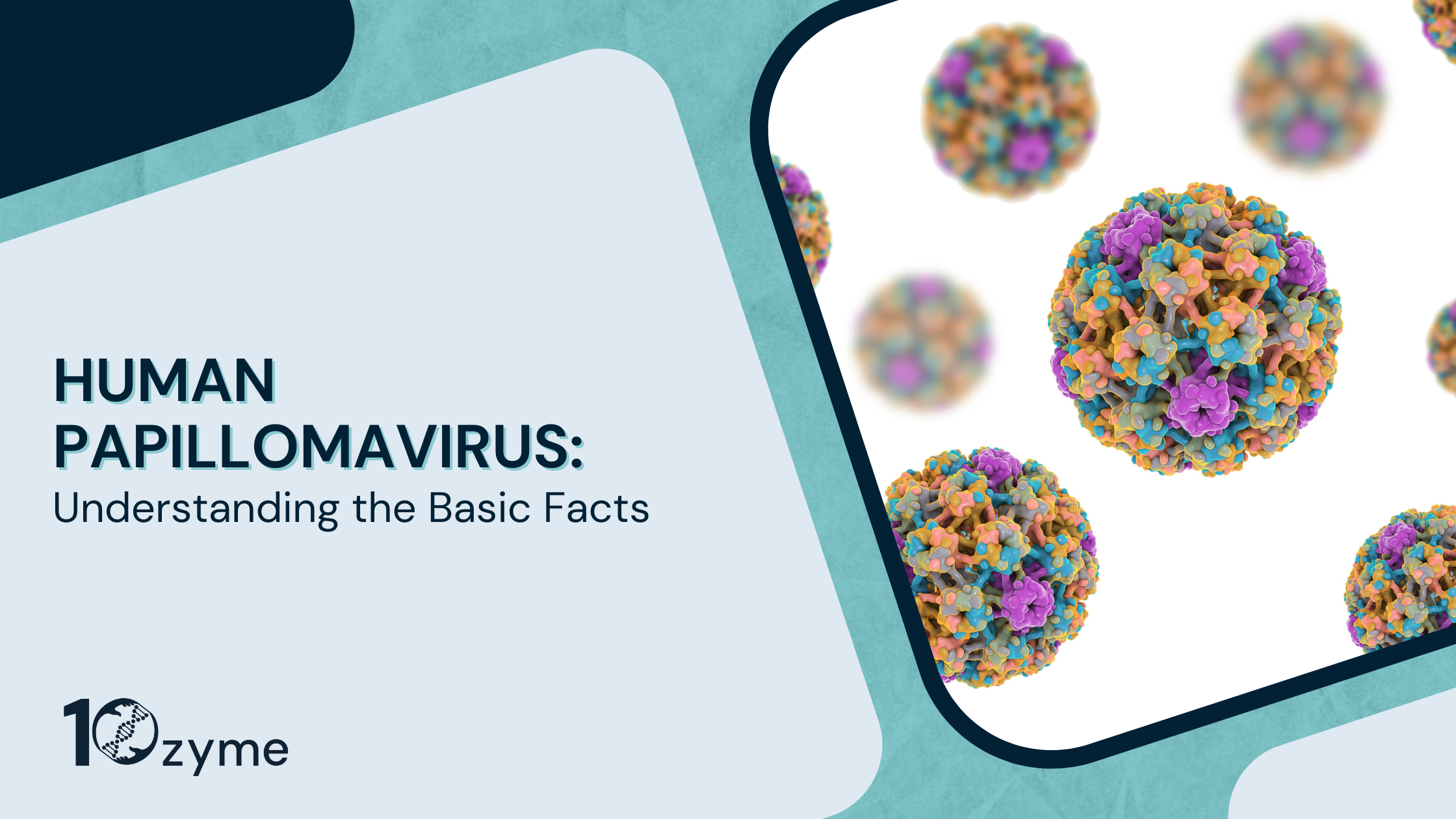


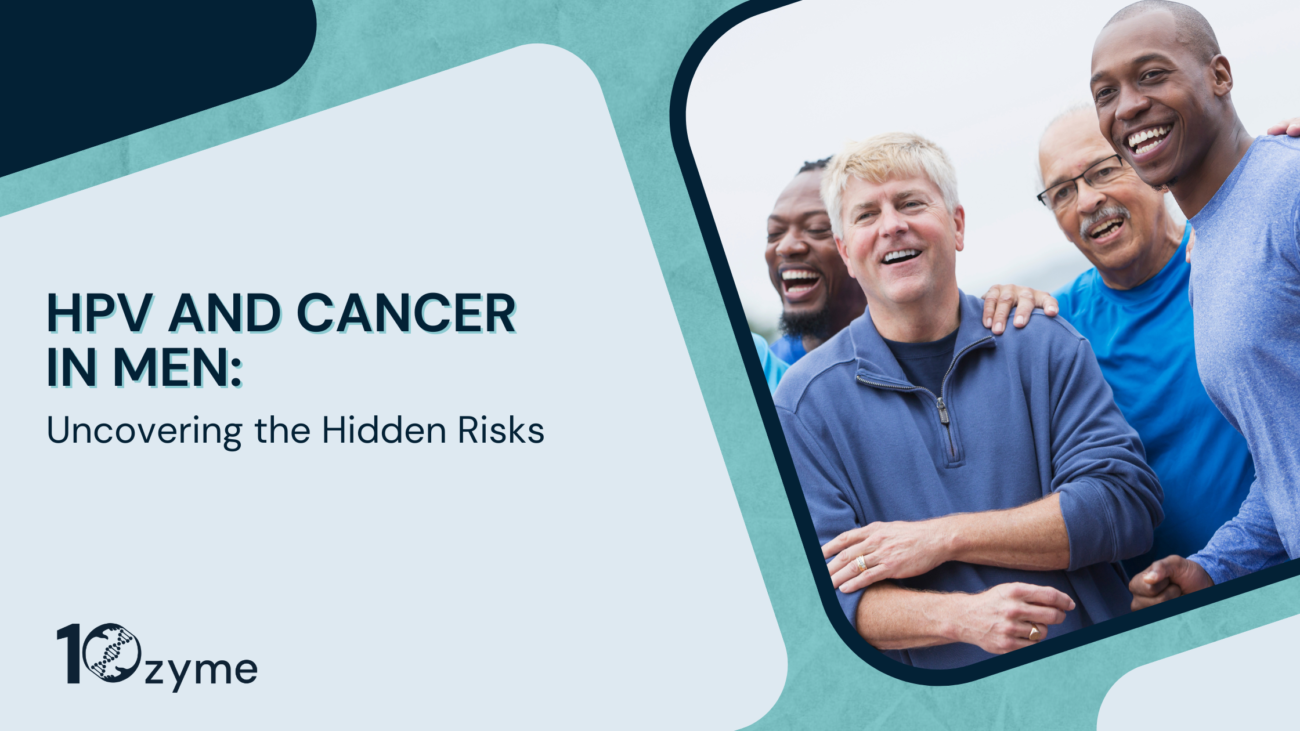

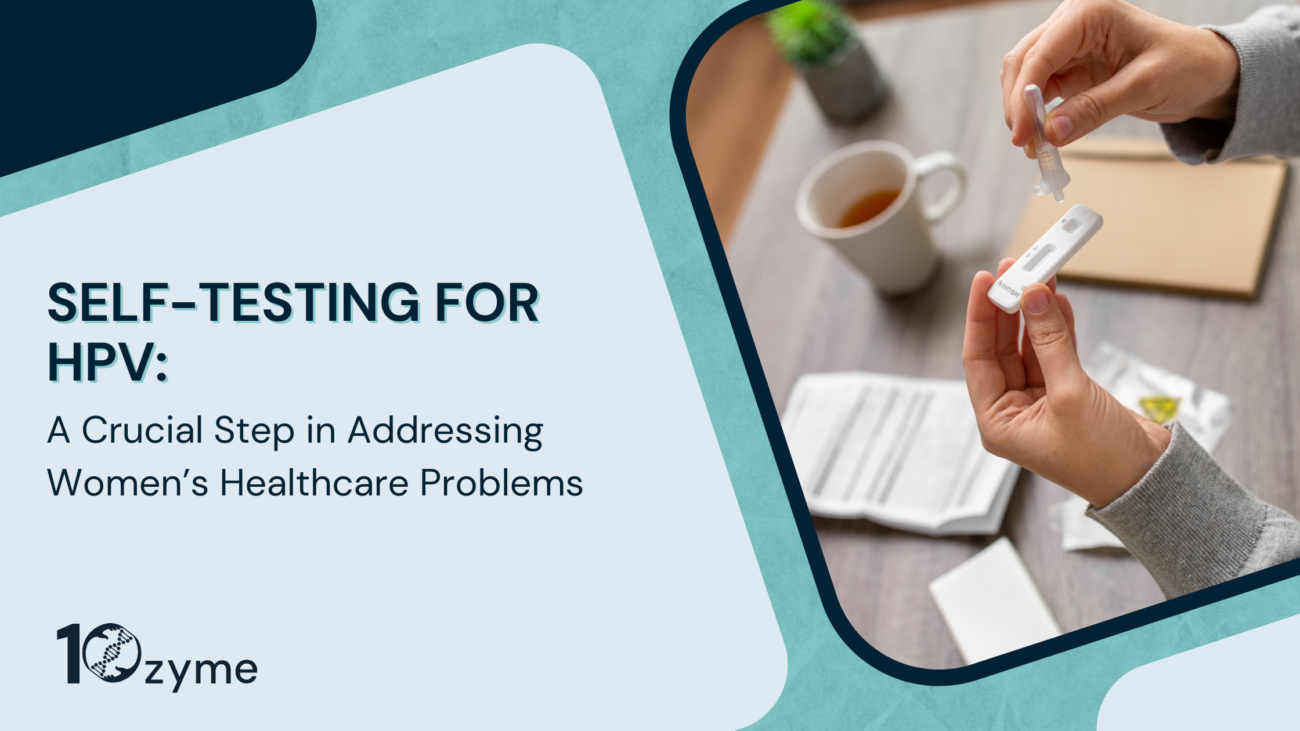
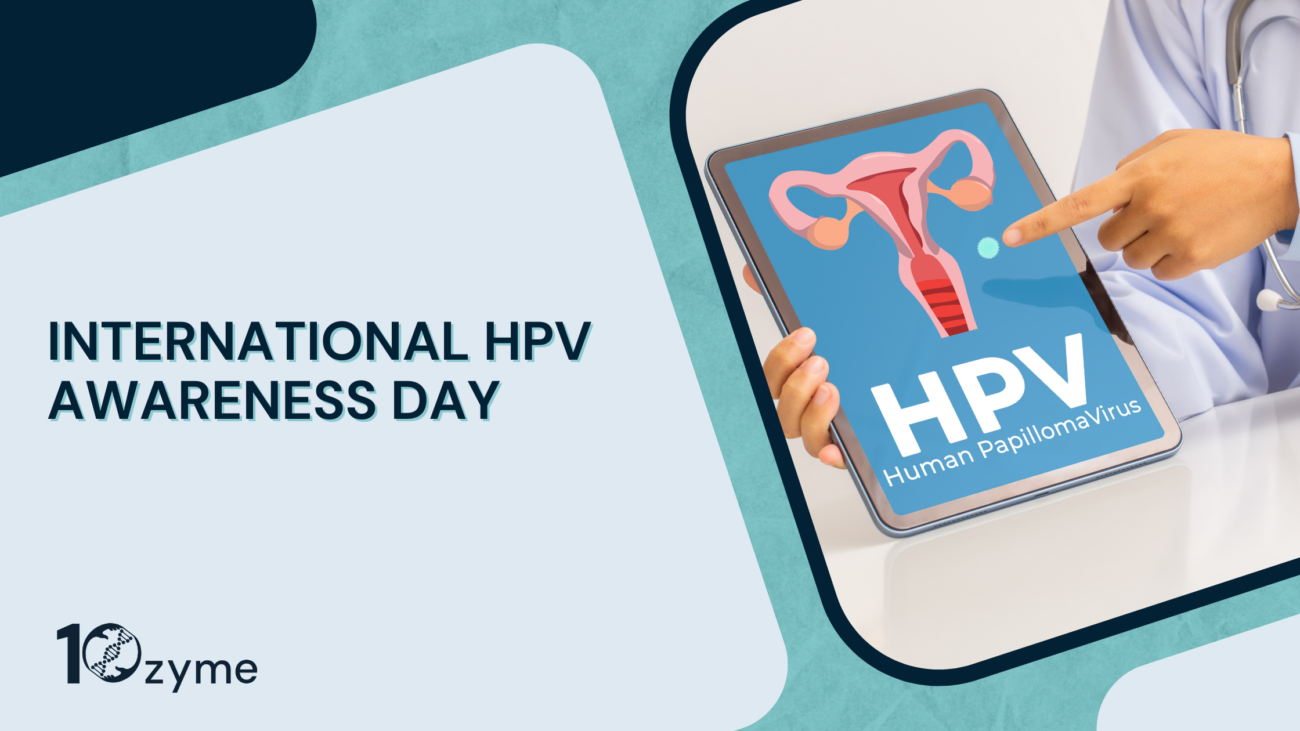
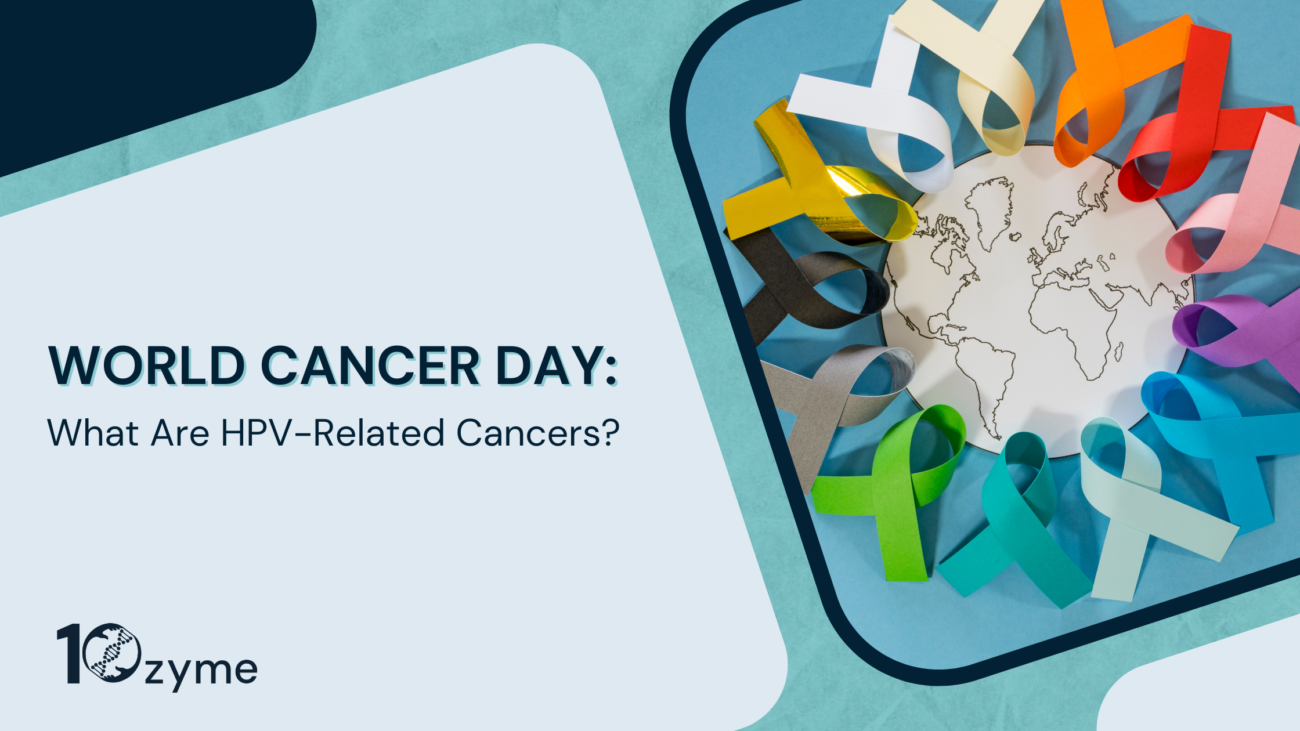
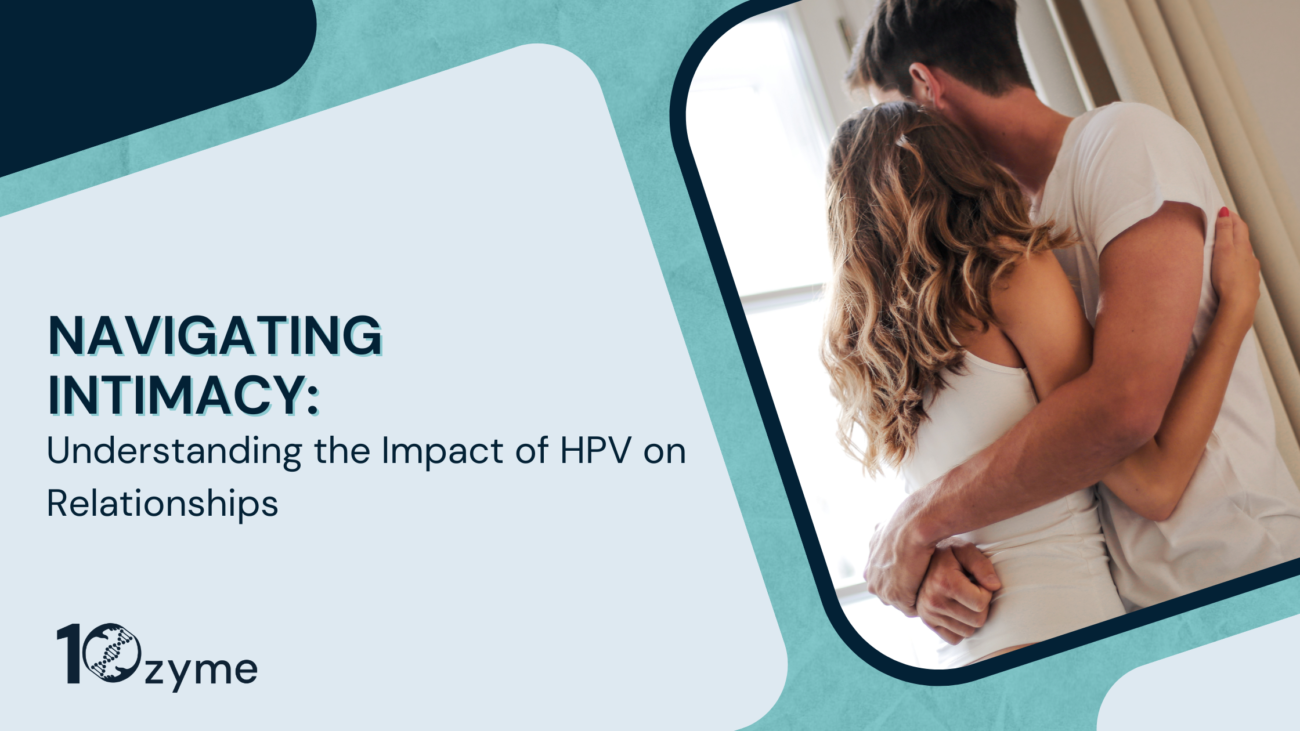
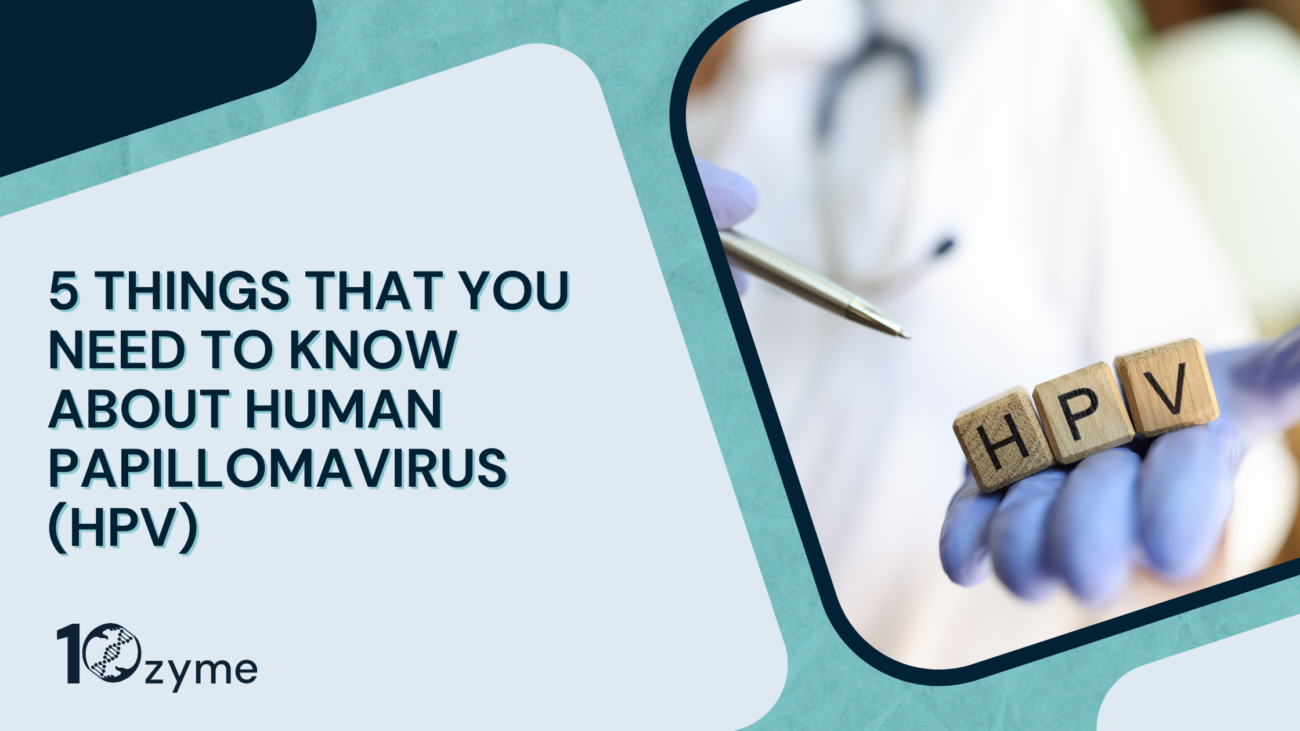

4 thoughts on “Human Papillomavirus: Understanding the Basic Facts”